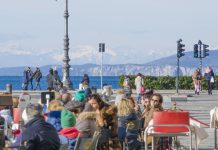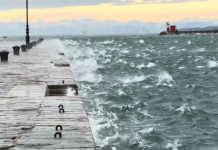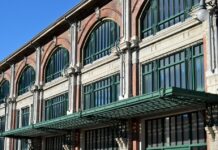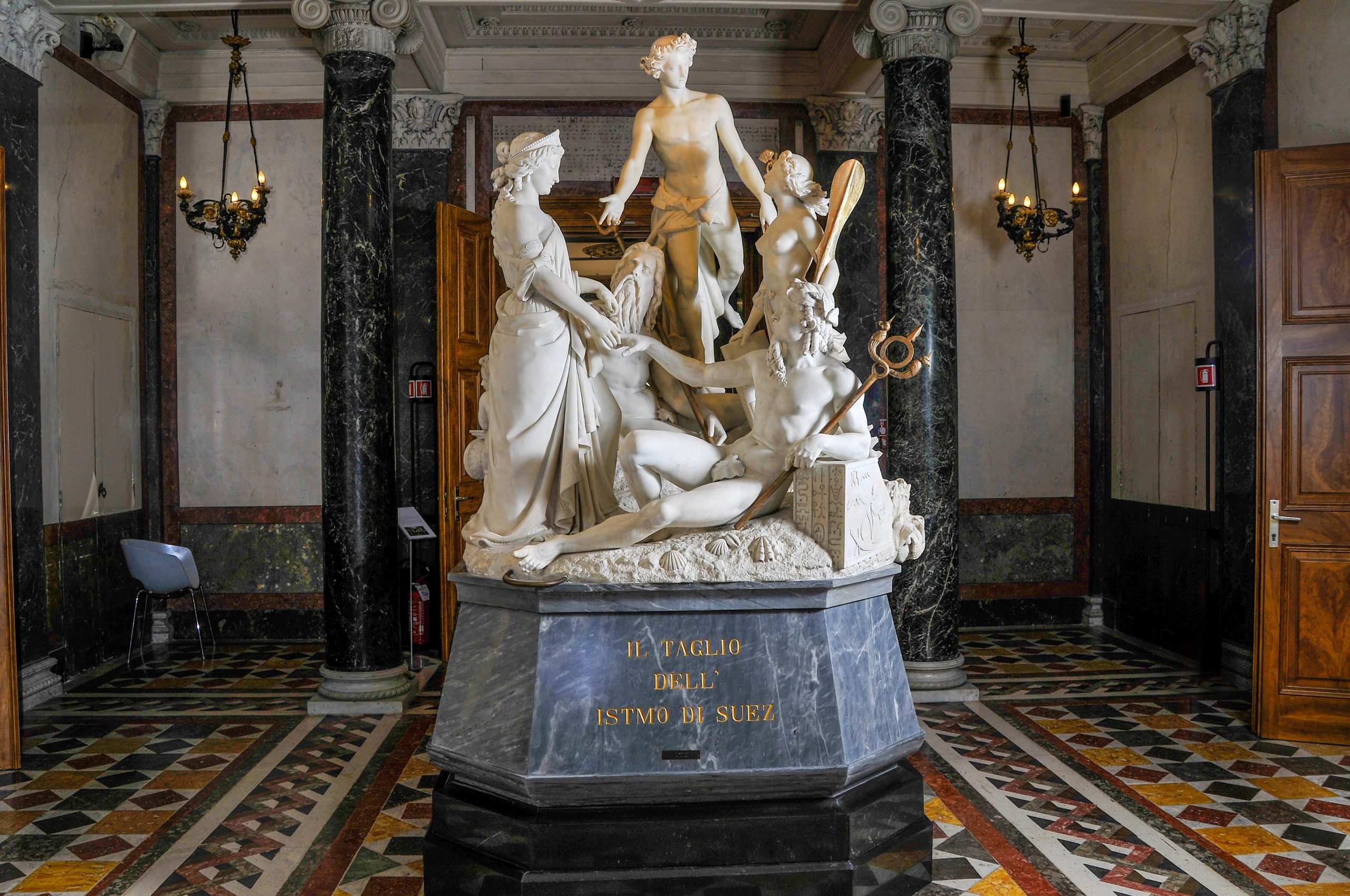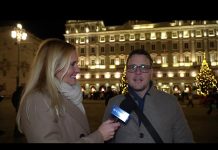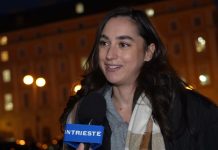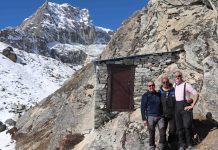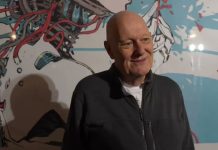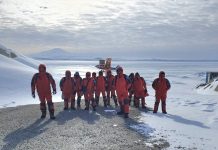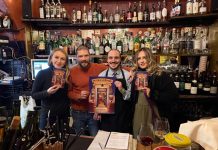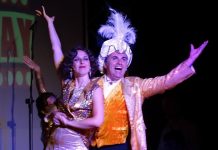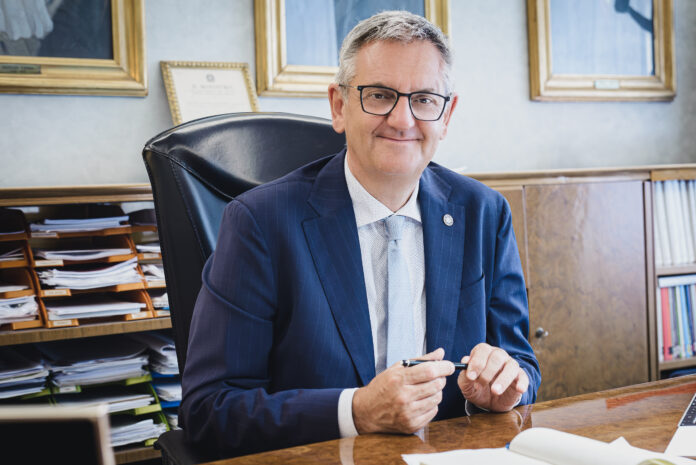by MK
When Roberto Di Lenarda assumed the role of Rector of the University of Trieste in 2019, he stepped into a position steeped in tradition, responsibility — and uncertainty. Six years later, as his rectorate draws to a close this August, Di Lenarda departs with a legacy marked by resilience, reform, and a firm commitment to innovation in higher education.
Sitting in his quiet office atop the university’s historic hilltop campus, Di Lenarda speaks with calm clarity about his time at the helm — a tenure defined as much by global crisis as by visionary transformation. “Looking back,” he says, “I’m proudest of how we were able to match long-term strategic goals with immediate, sometimes urgent demands. That was the real balancing act.”
A University Transformed
One of Di Lenarda’s most notable accomplishments is the significant growth in student enrollment. “The expansion of our educational offerings, combined with constant didactic innovation, allowed us to substantially increase our student numbers,” he explains. New degree programs, updated curricula, and interdisciplinary initiatives have made the University of Trieste more competitive, both nationally and internationally.
In particular, the university’s early and strategic investment in artificial intelligence set it apart. Under Di Lenarda’s leadership, Trieste became the first Italian university to activate a full academic pathway in AI — from undergraduate to PhD level. “We believed deeply in this direction,” he says, “and it paid off.”
That investment led directly to AgorAI, an ambitious public-private partnership launched with support from insurance giant Generali, the International School for Advanced Studies (SISSA), and the Friuli Venezia Giulia Region. The initiative, still in development, aims to make Trieste a European hub for ethical AI research and innovation.
“This project could redefine Trieste’s future,” Di Lenarda says, “linking the city’s scientific institutions with global industry players in a forward-looking ecosystem.”
Navigating the Pandemic
Di Lenarda’s rectorate was shaped indelibly by the Covid-19 pandemic, which struck Italy just months after he took office. “Managing the emergency required fast, firm decisions,” he recalls. “We had to protect our students and staff while preserving the continuity of teaching and research.”
Within weeks, the university transitioned to remote learning and restructured its research protocols. That period, Di Lenarda says, tested the institution’s adaptability. But it also accelerated long-overdue changes in digital infrastructure.
“I wish I had started the push for digitization earlier,” he admits. “If I could go back to the beginning of my mandate, that’s one piece of advice I’d give myself: move faster and harder on simplifying procedures and updating our digital platforms.”
Still, Di Lenarda sees the pandemic not only as a challenge, but also as a catalyst. “It forced us to modernize in ways we may have resisted otherwise. And it showed the incredible dedication of our academic community.”
Reforms and Reorganization
The rector also reflects candidly on his own missed opportunities. “I should have been more decisive about departmental reorganization,” he says. “It’s something our university needs, and while we’ve laid the groundwork, I wish we’d gone further.”
He also acknowledges that internal communication — especially with students — could have been more agile. “We’re working on a more user-oriented approach in student administration,” he says. “But I should have been more assertive in demanding updates to our websites and in promoting a more accessible digital culture.”
In contrast, one area of clear success has been the university’s language center, which was revitalized during his term. Its enhanced programs and international outreach have contributed to a dramatic increase in mobility and student exchange. “Internationalization is not a slogan here,” Di Lenarda says. “It’s a strategy.”
A Historic Act of Reconciliation
Beyond academics, Di Lenarda played a key role in one of the region’s most sensitive and symbolic acts of reconciliation: the return of Narodni Dom to the Slovenian community. The building, a cornerstone of Slovene cultural life in the early 20th century, was burned down by Fascists in 1920. Its symbolic restoration — coordinated between the university, the Italian state, and the Republic of Slovenia — required delicate diplomacy and quiet determination.
“It was a long, complex operation,” Di Lenarda says. “But it was the right thing to do. It meant helping to heal a wound that had been open for a century.”
The Rector’s Role — and Misconceptions
Ask Di Lenarda what people most often misunderstand about being rector, and he laughs quietly. “The rector is not an absolute monarch,” he says. “It’s not a position of unchecked power.”
Rather, he explains, it’s a temporary role filled by a faculty member who chooses, for a time, to help guide the institution. “It means being constantly present, making quick decisions, carrying heavy responsibilities, and supporting others so they can do their best work,” he says. “There are no weekends, no pauses. It’s 24/7.”
He adds, “You’re not doing research anymore, or teaching in the same way. You’re creating the conditions for others to succeed.”
The Road Ahead for Italian Universities
As he looks beyond his own tenure, Di Lenarda is realistic about the challenges ahead for Italy’s higher education sector. “The most delicate issue remains state funding,” he warns. “Italy has historically underinvested in its universities. That must change.”
He also expresses concern about the rise of online universities, particularly those operating in loosely regulated environments. “Their growing political and economic influence is worrying,” he says. “It’s hard to monitor the quality of education in these models, and that creates a risk for students and for the system.”
What Italian universities need, Di Lenarda argues, is a renewed social pact that recognizes the central role of public education in national development. “We must restore credibility to our universities,” he says. “That means investing in talent, infrastructure, and international collaboration.”
A Community Effort
Despite the pressures of the job, Di Lenarda remains deeply grateful. “Everything we achieved was thanks to a shared commitment — from the academic senate to the administrative staff, from student representatives to colleagues in research and teaching.”
He speaks warmly of the Centenary Celebrations held in 2024, which marked 100 years since the founding of the university. “It was a chance to celebrate our history, yes, but more importantly to deepen our integration with the region and its people.”
Legacy in Motion
With just weeks left in office, Di Lenarda shows no signs of slowing down. “The job isn’t done until the last day,” he says, smiling.
Asked how he hopes to be remembered, he pauses. “I hope people say that we helped the university become more open, more future-oriented, more engaged with society,” he says. “That we laid the groundwork for the next generation — and that we did it with integrity.”
After six years of service, his tenure may be ending — but the transformation he led at the University of Trieste is only beginning to unfold.


